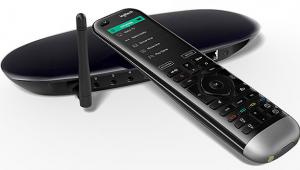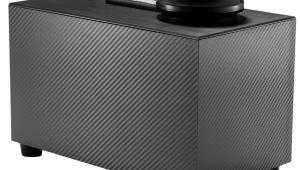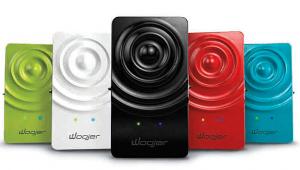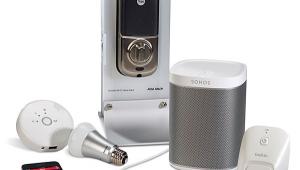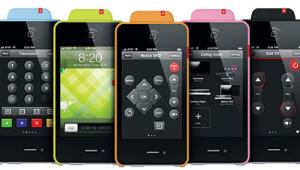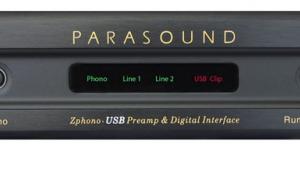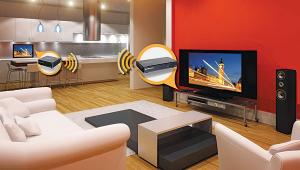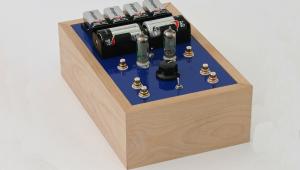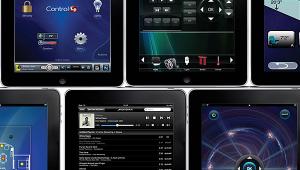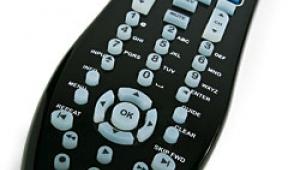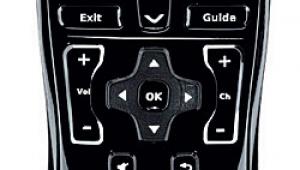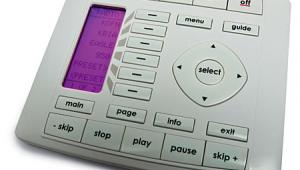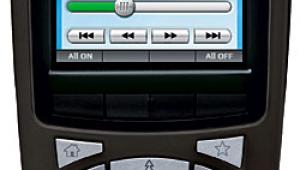Logitech Harmony Ultimate Home Universal Remote Control/Automation System Page 2
Revolv in Pieces
As anyone who bought a (now nearly useless) Revolv Hub will tell you, sometimes being on the cutting edge can be painful. In this case, though, I think Logitech made the smart decision to design the Harmony Ultimate Home to be compatible with a variety of prominent third-party automation hubs and communication protocols rather than develop its own proprietary automation system from scratch and compete with the ever-growing menagerie of other systems on the market. Some of the most prominent systems and devices the Ultimate Home is compatible with include Nest and Honeywell Wi-Fi thermostats, plus automation hubs from Philips Hue, Lutron Caseta, PEQ, and SmartThings. (Belkin’s WeMo is disappointingly not on the list.) The Ultimate Home even offers integration with IFTTT (If This Then That), the free online automation service. Sometime in early 2015, Logitech plans on releasing the Harmony Home Hub Extender ($130), which will add direct control of many third-party ZigBee and Z-Wave devices and quite dramatically increase the capabilities of the Ultimate Home remote.
Of course, as you know, there’s compatible and there’s compatible. Systems designed to work well together on the drawing board don’t always play nicely in the real world. Furthermore, marrying two or more user interfaces can often result in a multi-step nightmare that takes more effort than juggling the original remotes.
Compatible Is as Compatible Does
For the most part, Harmony got it right. Turning on/off Philips Hue bulbs or managing a Nest thermostat is virtually as easy to do with the Ultimate Home remote (or the app) as it is with the Philips Hue or Nest apps themselves. Using the Harmony channel on IFTTT works incredibly well, too, although it’s currently “limited” to triggering or ending an Activity.
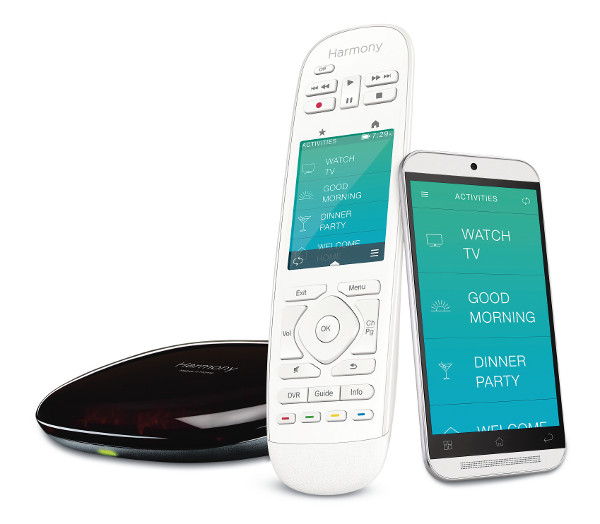
My PEQ and Lutron Caseta samples haven’t arrived yet, so I can’t speak for the Ultimate Home’s integration experience with either of them. But I have worked extensively with the SmartThings Hub, and I can tell you that—unlike with Nest, Philips Hue, or IFTTT—the SmartThings/Harmony marriage isn’t as smooth as it should be. From what I can tell, SmartThings is the holdup because the Harmony integration is currently part of what SmartThings calls “SmartThings Labs.” According to SmartThings, “Labs gives customers early access to a curated group of popular third-party devices and services that can work together with SmartThings.” But Labs are kind of works-in-progress. “While we [SmartThings] work to polish the edges of the different products and solutions in our Labs, customers may experience a few performance issues (after all, it is called Labs).”
All things considered, the interface and programmability of the SmartThings system via the Ultimate Home apps or handheld remote was easy to use, with extensive capabilities. Because the SmartThings Hub uses the SmartThings cloud servers to process every command, the speed at which devices (such as door locks) operated was sometimes quite slow. Door locks, for instance, often took ten seconds to lock or unlock after pressing the Activity button on the Ultimate Home remote.
To Touch or Not to Touch
Is the Harmony Ultimate Home universal remote control worth $350? If you have more than four or five components or a more complex system that includes a few Sonos speakers, it’s absolutely worth the money. Logitech also makes the Harmony Home Control, which does virtually everything the Ultimate Home Control does, but the handheld remote does not include a touchscreen. I’m a firm believer in touchscreens on remotes because it makes them so easy to use, and, more importantly, provides information about your system and how to navigate it. Using a universal remote control without a touchscreen is a lot like driving in heavy fog. You can get where you want to go, but you can’t see much more than a few feet of the road ahead of you.
The presence of the touchscreen becomes all the more important when you use the Ultimate Home as a home automation controller. With the touchscreen, for example, it’s easy to change the color of output level of any Philips Hue bulb in your home. That’s basically impossible to do with a plain, no-touchscreen-here remote. It’s a similar situation with door locks and thermostats where you need feedback as to the current status of those smart devices.

You could point out that the Harmony Mobile App on a smartphone can take the place of the touchscreen on the remote, and that’s true. But after several years of using my phone to operate various companies’ AV and home automation systems, I can tell you that relying solely on your phone for control is one giant pain in the ass—especially if there are multiple people who use the system. Sure, I almost always have my phone with me, but it’s typically deep in a pants pocket. Then there’s the delay while the app loads. Then there’s more delay while the app checks with the Hub for any changes in the programming. Finally, if you disable Auto Lock on your phone, you can kiss the power in your phone’s battery goodbye. If you don’t disable Auto Lock, you’ll have to go through the aforementioned app boot-up process every time you want to change the volume. You could buy a tablet and dedicate it to your home theater or living room with the app continually running—and with the tablet continuously plugged into a charger. But a decent tablet will run $100 or more, so you have to add that cost into the mix.
Even after using iPad and Android tablets, I still found using the Ultimate Home’s handheld remote to be a better experience. One reason is the tactile feedback, but a bigger reason is it’s easier to use the handheld remote and keep your eyes on the TV screen. Using tablets or phones to navigate through menus—or change the volume—often requires flipping your eyes back and forth between the tablet and the TV.
Conclusion
The largest flaw in the Harmony Ultimate Home system is the lack of a beeper or other method of tracking down the handheld remote if it’s been misplaced. I spent quite a bit of time while doing this review looking for where I had set down the remote. Once it was on a bookshelf in the hall. Another time it was in the kitchen. And those are just a few instances I can cite. Given the fact that the Ultimate Home has automation functions that might cause it to be used in any room in the house, a remote locator would be an awesome addition.
Ultimately, though, I think the Harmony Ultimate Home Control is the best universal remote control Harmony has ever made. It builds on Harmony’s already phenomenal AV system control capabilities with expanded Bluetooth and IP control of AV components, and judiciously adds compatibility with prominent home automation systems and devices. As a universal AV remote control, it’s the pinnacle of DIY remotes. Solely as a home automation controller, it works fantastically well with several devices and hubs but still has a ways to go before it’s truly a universal home automation controller—and that issue may well be solved with the release of the Home Hub Extender. As a combo home AV and home automation controller, there’s no doubt that the Harmony Ultimate Home is what all other DIY home automation systems should aspire to be. It’s truly a win/win device, and it’s highly recommended.

